Willem van Aelst A great master of textures
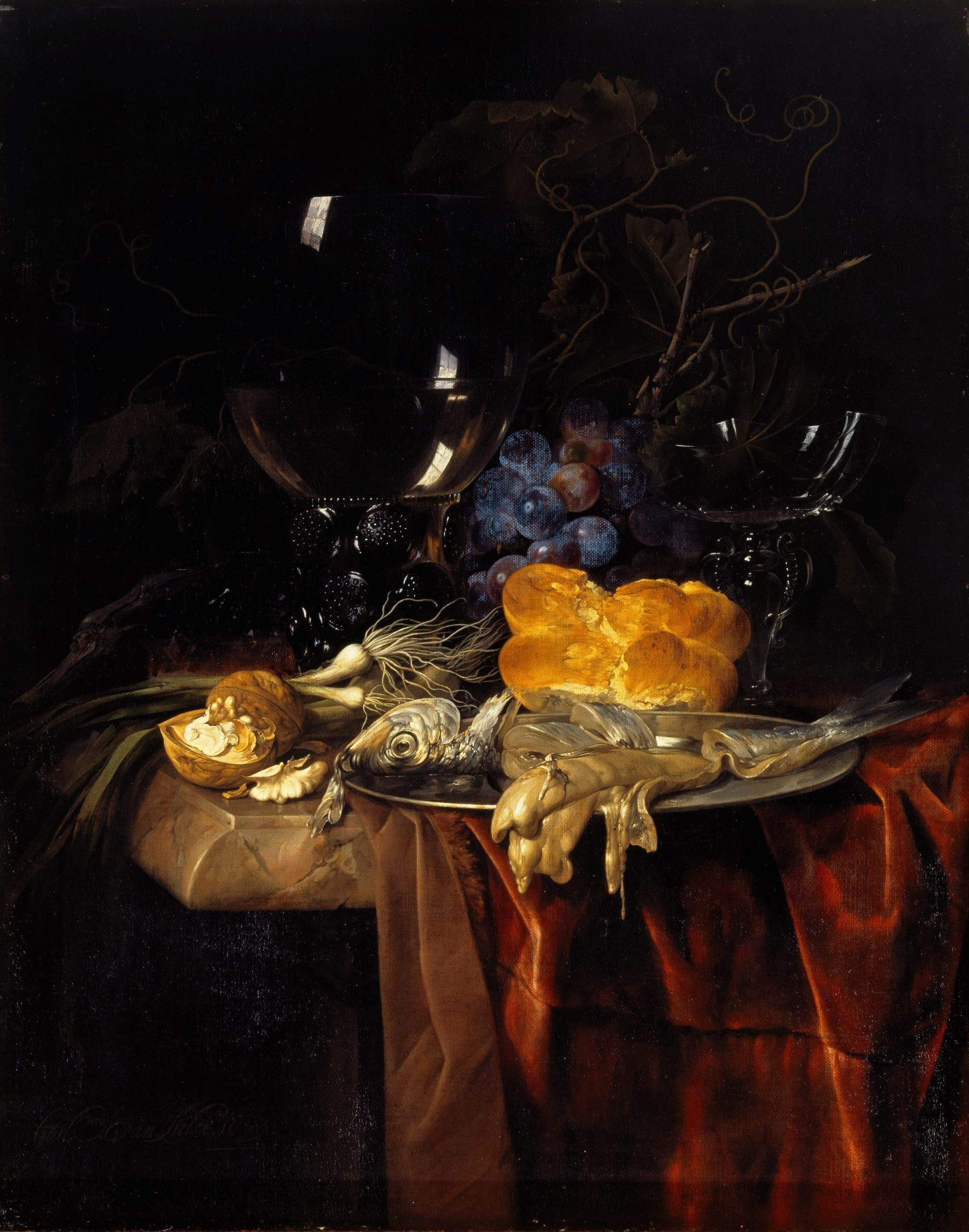
When people learn that I’m a painter, it’s common that they will ask who my favorite artist is – or if they are really curious, they will ask who my favorite still life painter is.
It’s a reasonable enough question – and many people do have a genuine favorite.
I don’t.
I feel that there is a certain very high level of accomplishment, beyond which everybody who practices at that level is equally good, and the only distinctions are those of artistic personality – not quality.
So I usually think in terms of the top ten. It’s not a snappy answer to the question, but it is truthful.
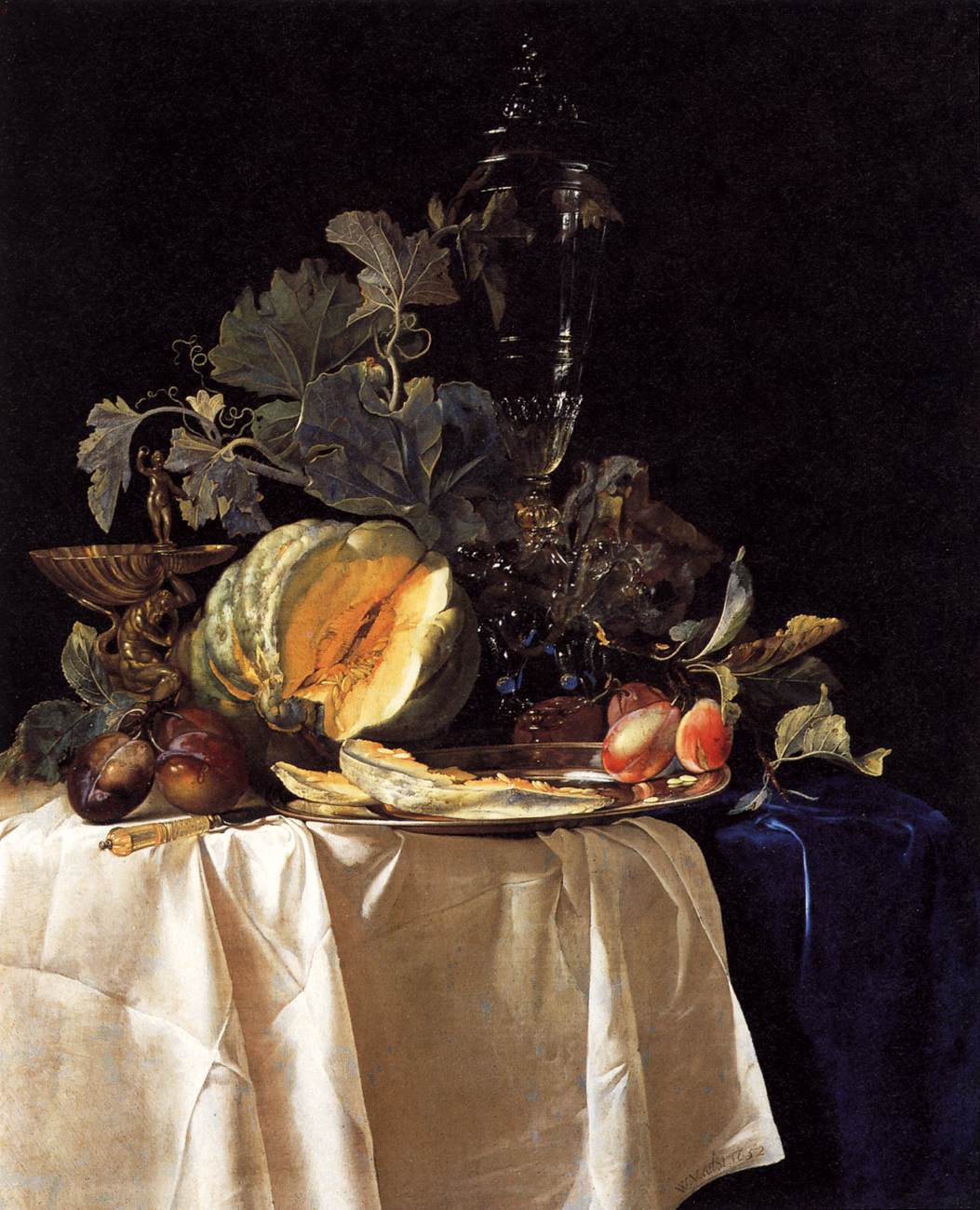
And Willem van Aelst is definitely on my top 10 list of still life painters.
He was born in 1627 in the Dutch city of Delft, and was trained by his uncle Evert van Aelst (an accomplished still life painter in his own right).
He spent his 20s at various courts in France and Italy, returning to Holland in 1656, where he settled in Amsterdam, primarily painting still life until his death in 1683.
As an exact contemporary of Vermeer – who also lived in Delft – I cannot imagine that they did not know each other.
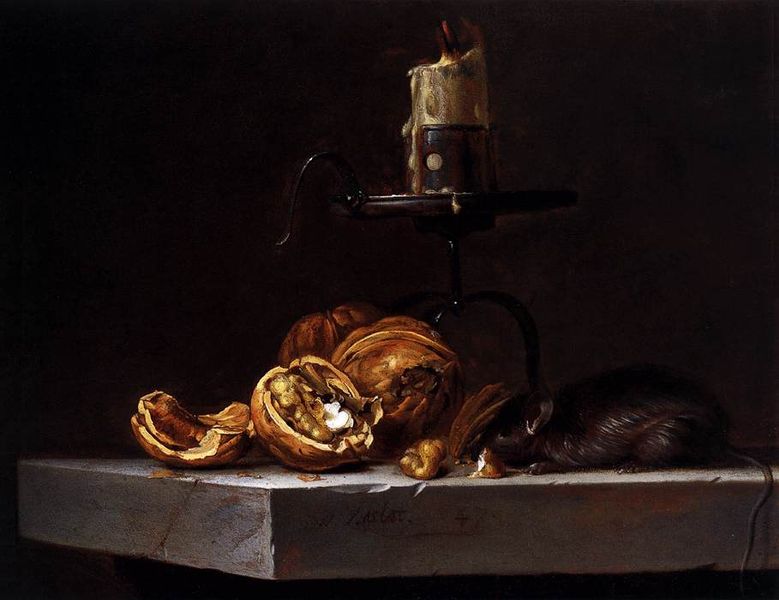
I had known of van Aelst for a long time, but it was only due to one charming but minor painting of his (above), which he did as a teenager (even so, note how he creates a simple but powerful 3-dimensional pyramid).
The blinders really came off of me, though, in 2012, when I went to an exhibit of several dozen of his paintings at the National Gallery in Washington D.C.
To say that I was amazed would be an understatement – I spent my entire visit in those rooms and felt no desire to go see anything else.
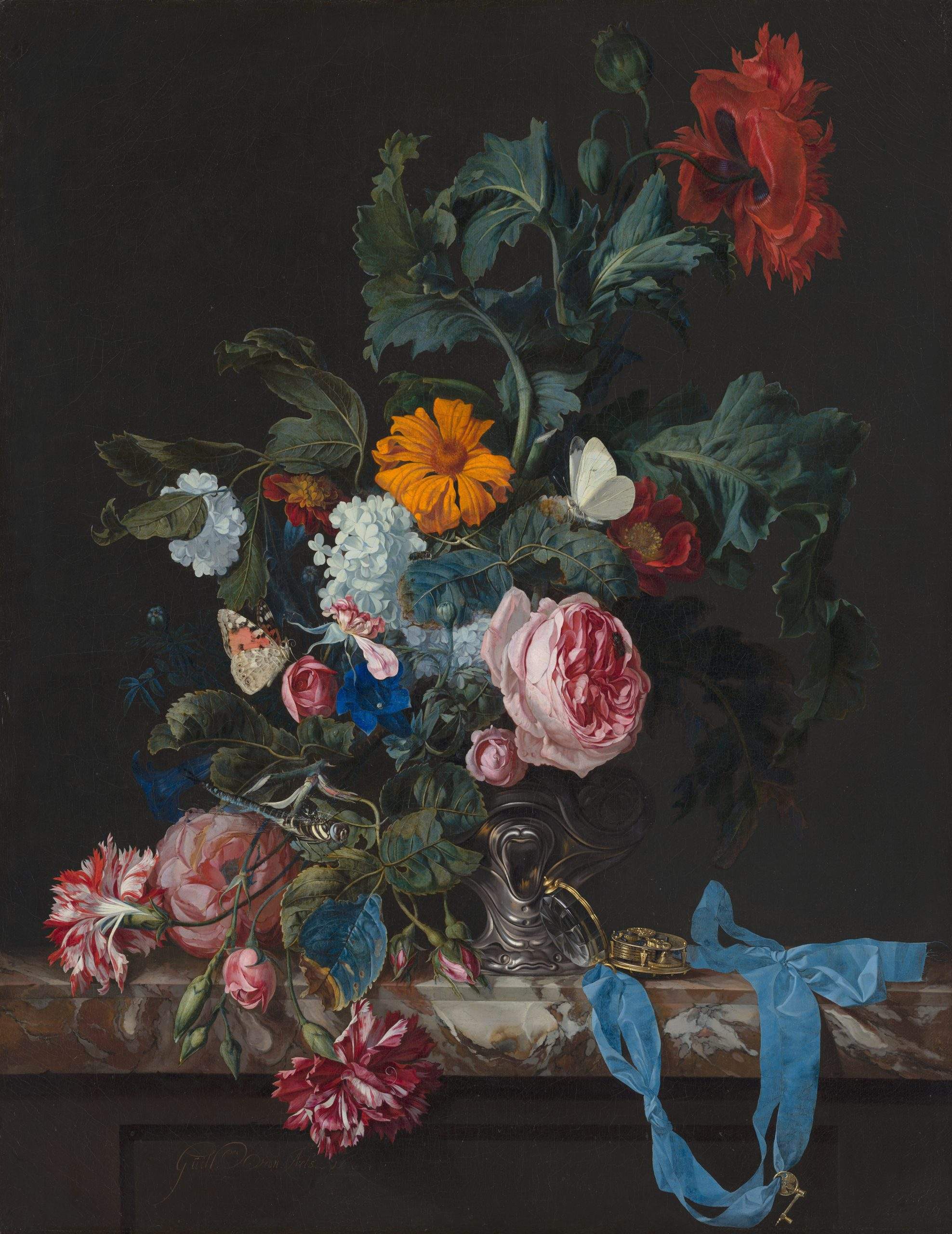
Like any master of still life, van Aelst had a remarkable sense of composition – and a very personal one as well. His graceful and lilting designs invite the eye to dance around his canvases.
To me, there is almost a kinetic sense to his paintings, as though the elements were flowing through the picture plane like a movie, not being statically recorded by the frame as would be the case with a photograph.
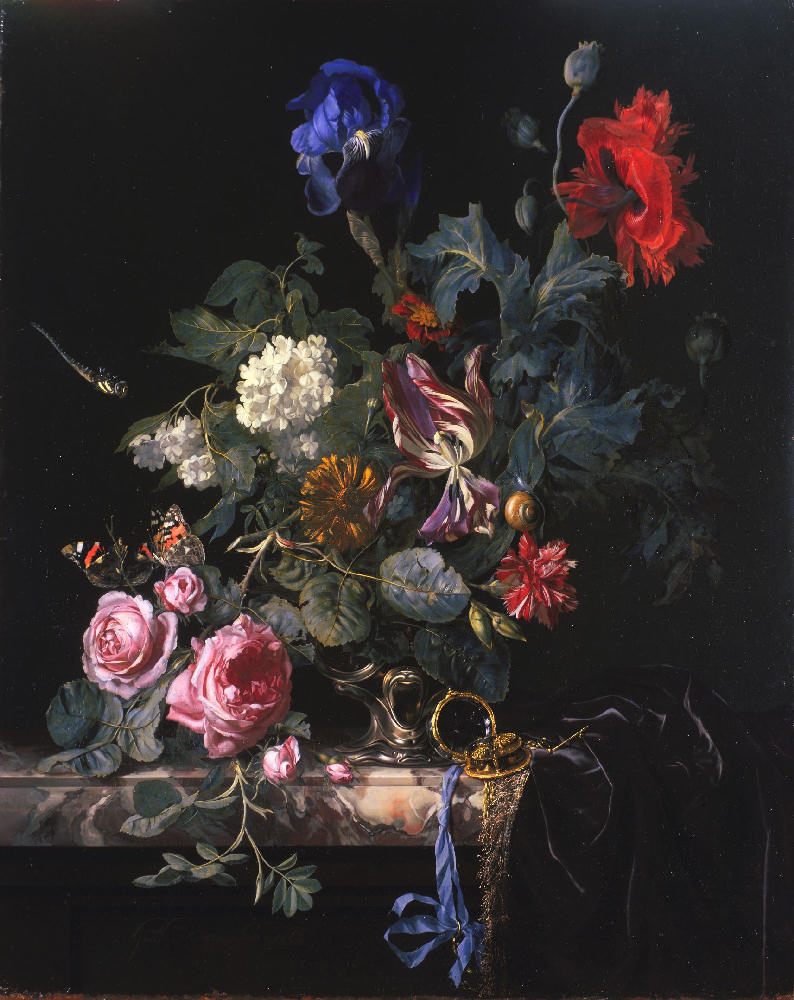
He also had a vibrant and exuberant sense of color – that sense is lacking in many of the reproductions I’ve seen – but in person, his paintings are alive like firework displays of rich and luscious color.
But the thing I find most remarkable about van Aelst is his preternatural ability to convey textures in paint.
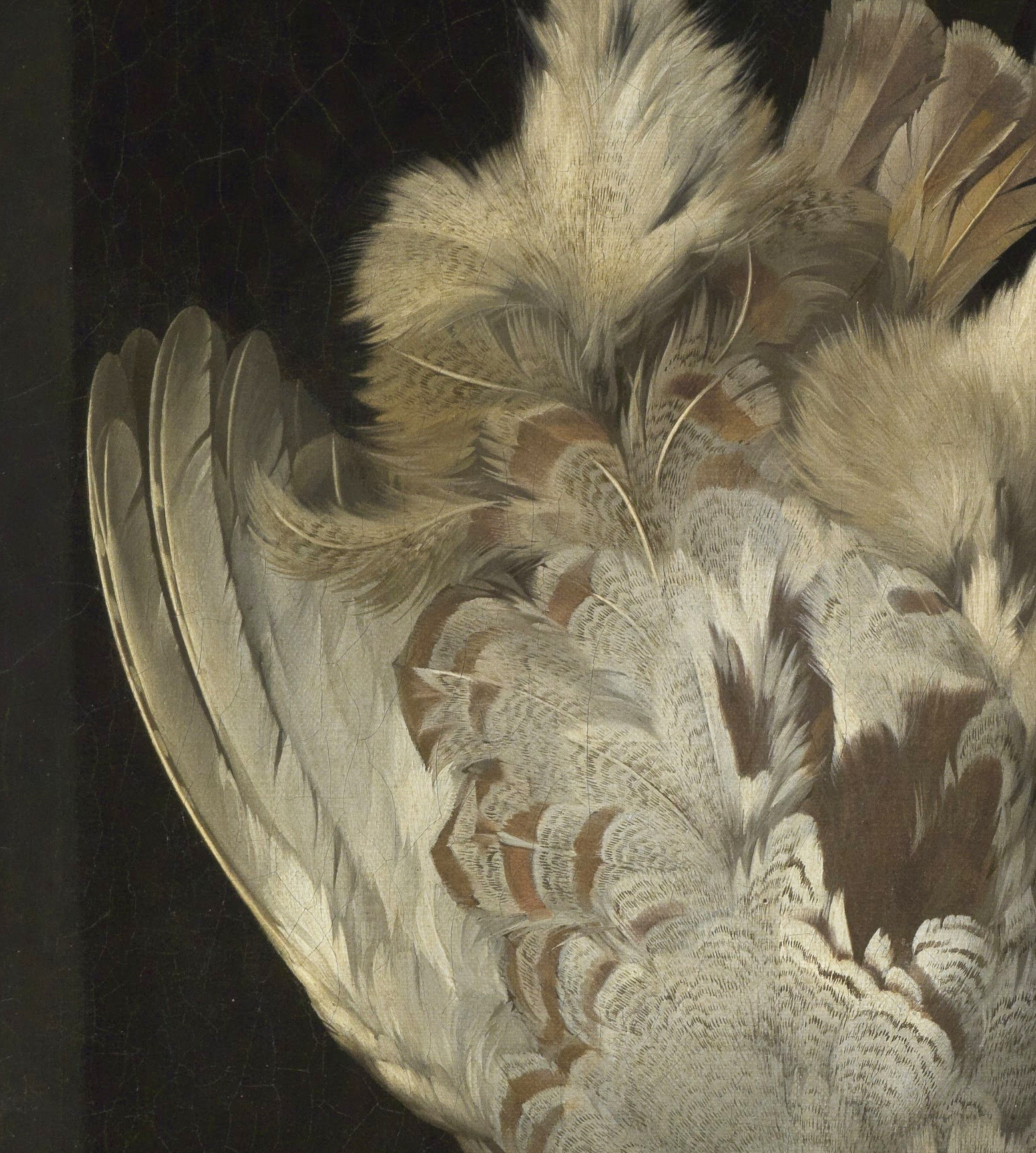
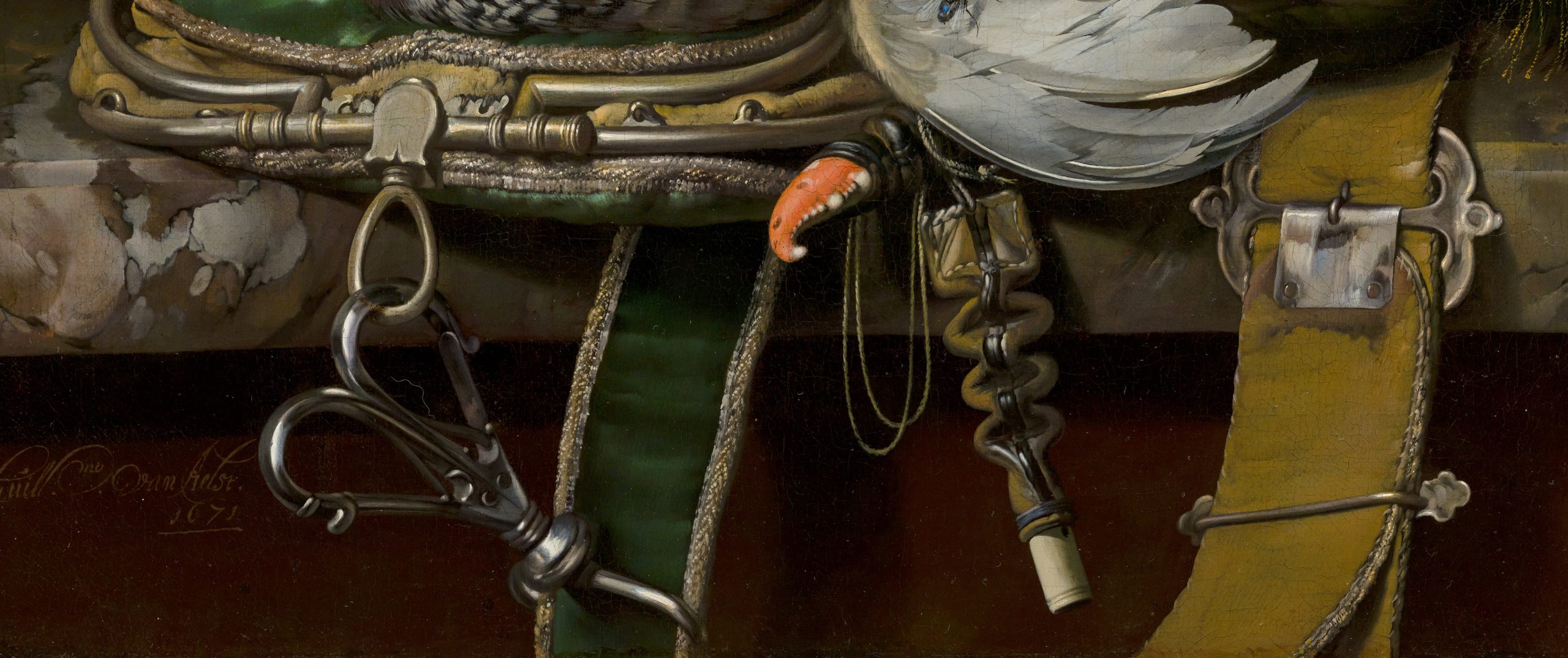
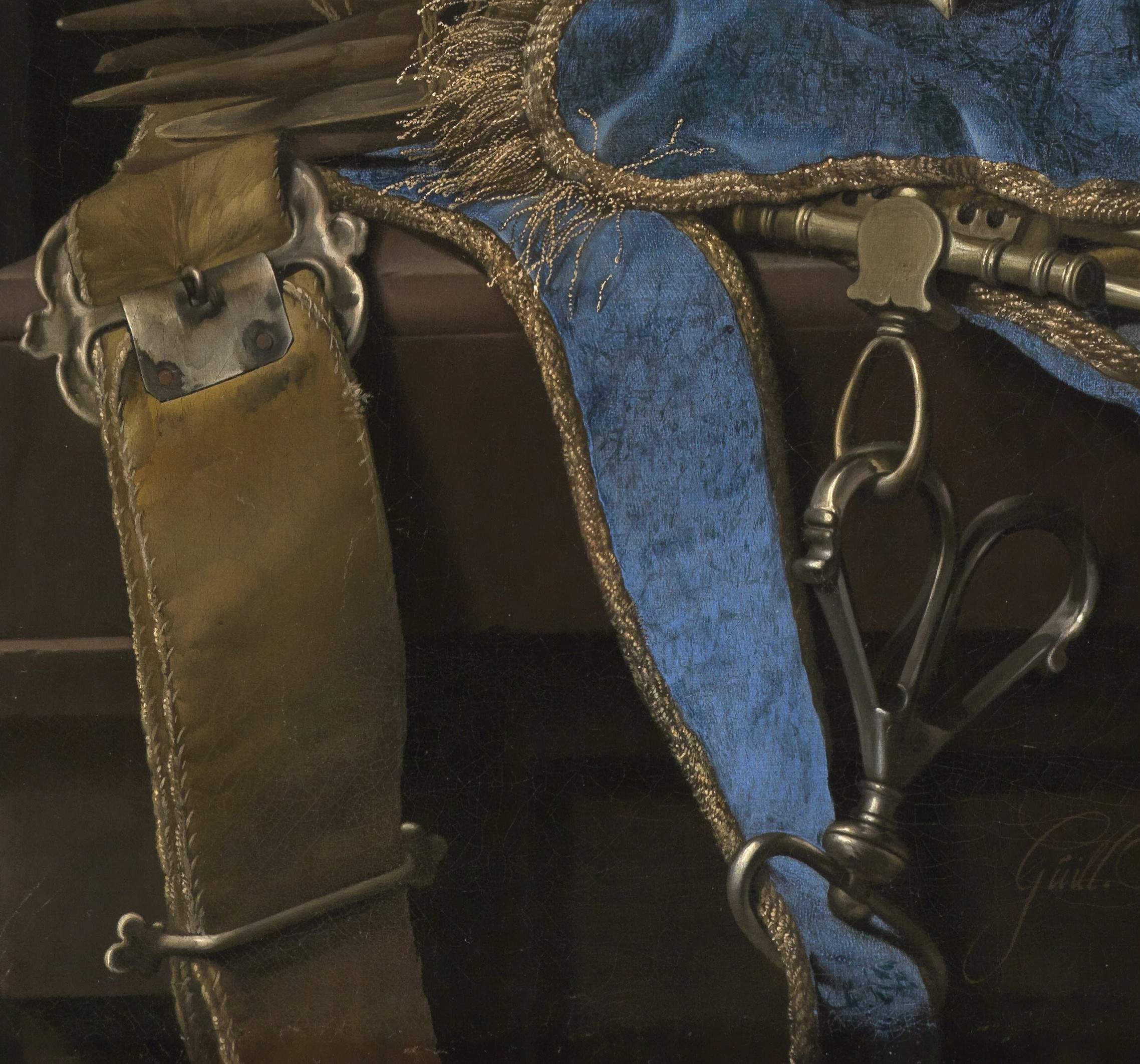
Often times – even with great painters – you can see the effort that went into certain passages – sometimes even the traces of working and reworking are visible.
Not so with van Aelst.
Even in his most mind-bogglingly difficult passages, his touch is entirely self-assured and accurate – there is no effort, no struggle – almost as if he simply picked up his brush and with a few confident flicks, created the unerring illusion of feathers.
Honestly, I have no idea how he did it.
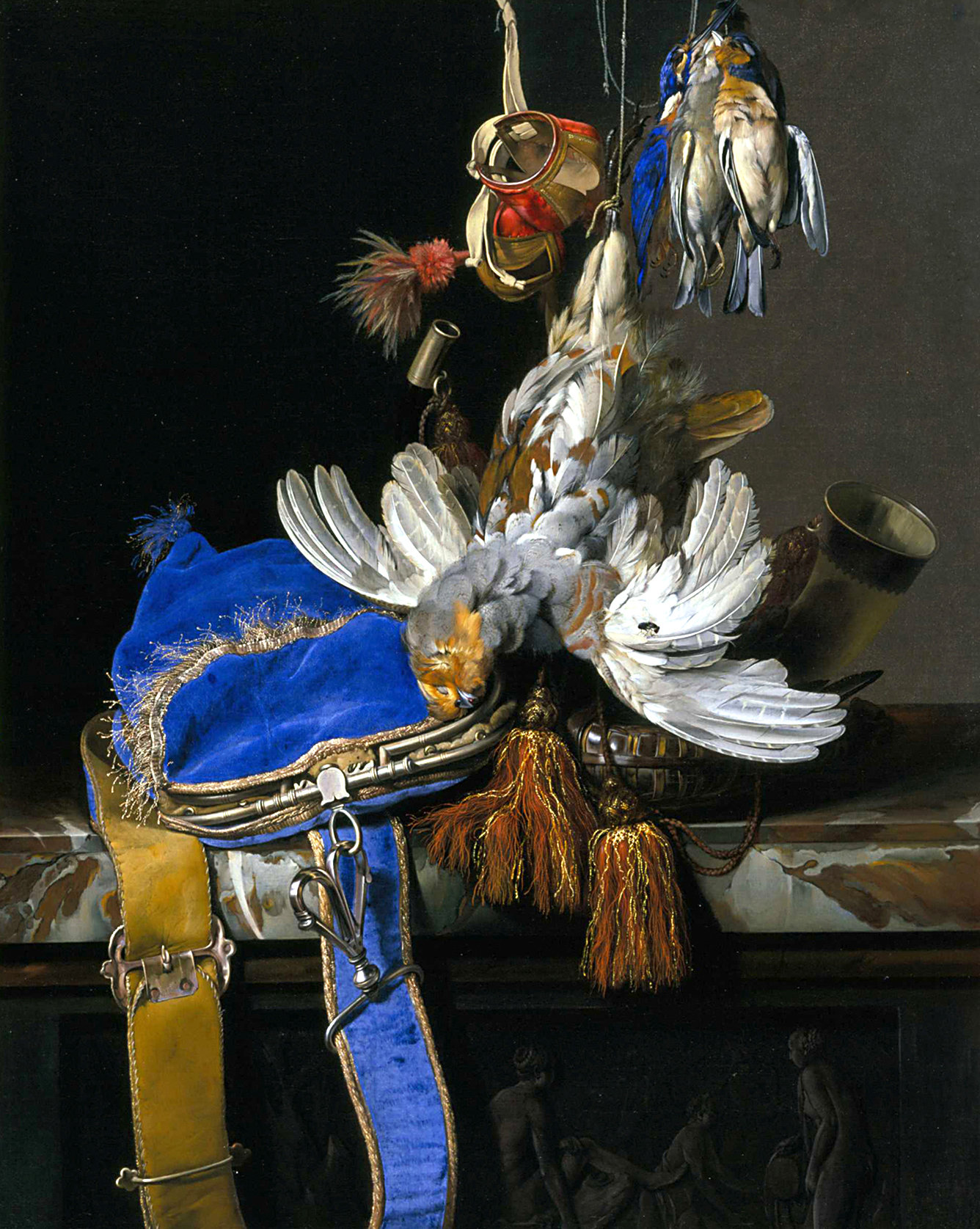
He reached the zenith of his work with his great hunt paintings.
The subject may not be to everybody’s taste – as a confirmed animal lover, I understand.
However, this was a very common theme for paintings at the time, and nobody has ever done better.
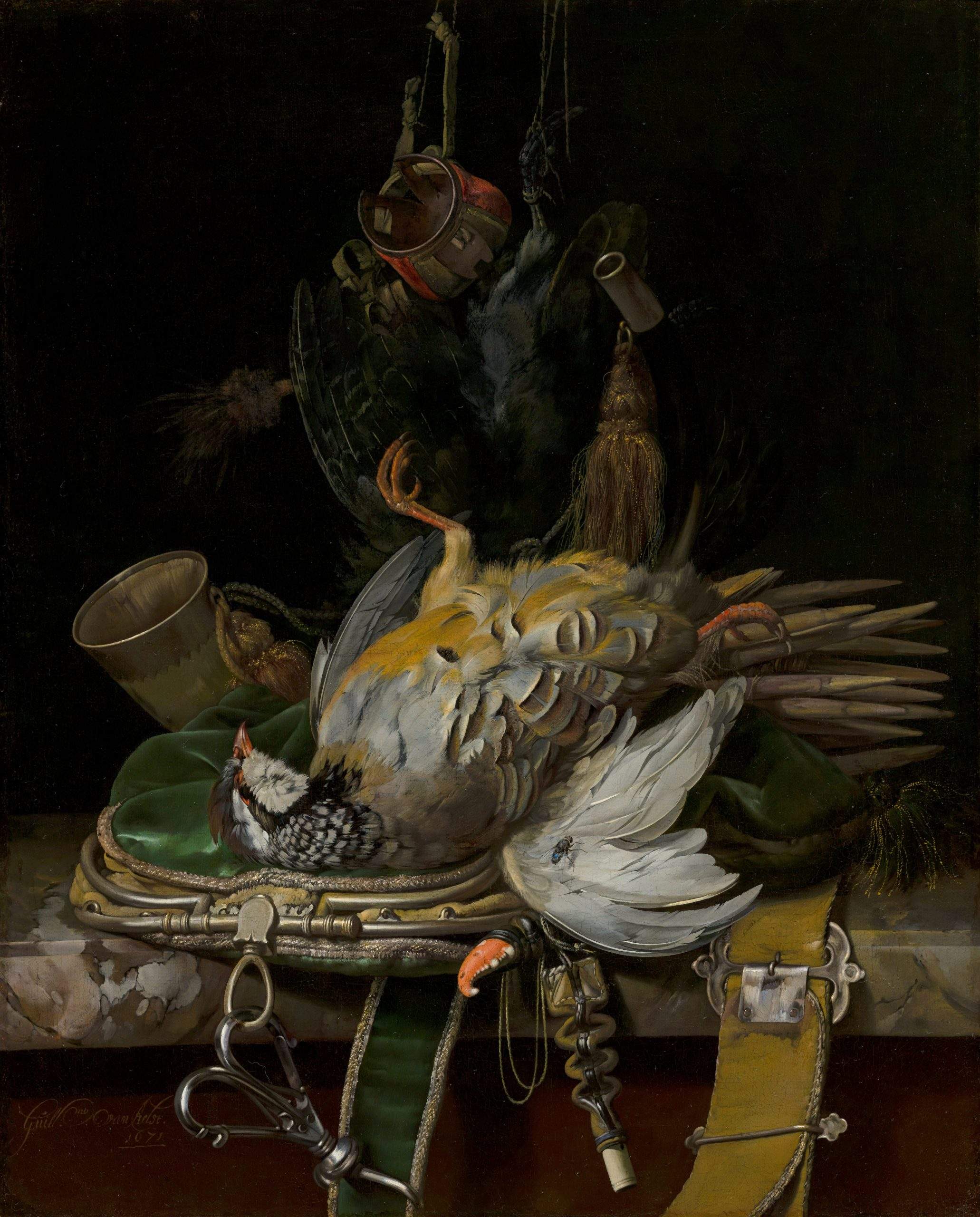
In these works, van Aelst has created miraculous, shimmering cascades of light, form, color, and texture.
Once I set aside my own squeamishness about the subject, I began to feel that these were some of the finest still life paintings ever created.
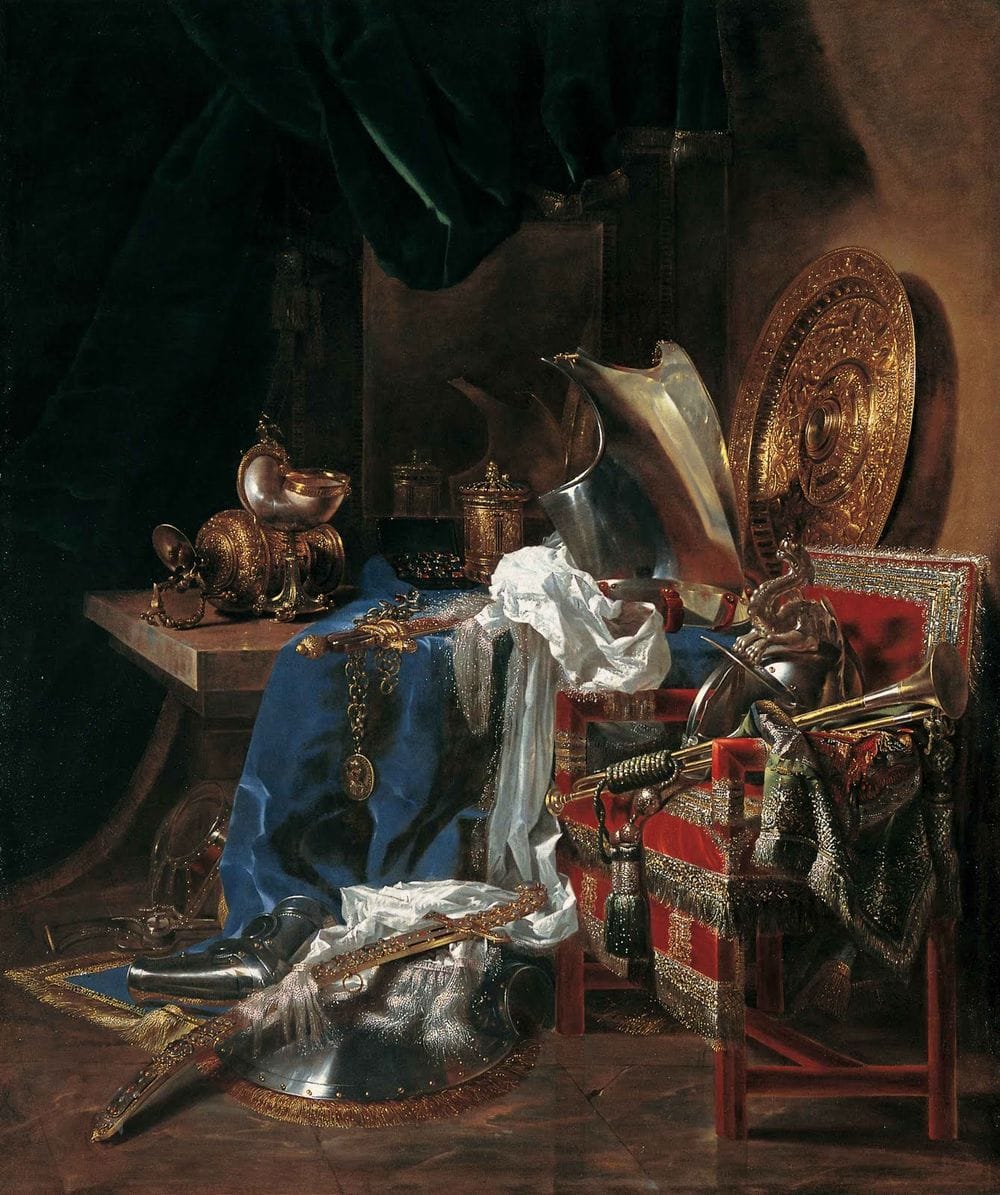
Finally, in an interesting twist – a painting that is now attributed to van Aelst (above) was for many years attributed to another artist on my top 10 list, Willem Kalf.
I hope you someday have the opportunity to see some of van Aelst’s work for yourself in person. Until then, there is an archive of his work at Wikimedia, including some very high resolution images:
A listing of paintings in the 2012 National Gallery exhibit is also worth looking at, even the the images are all thumbnails.